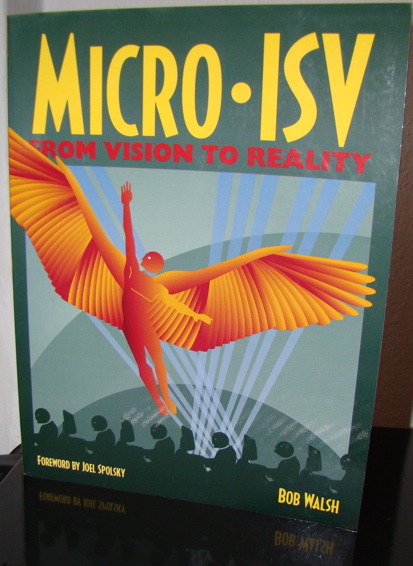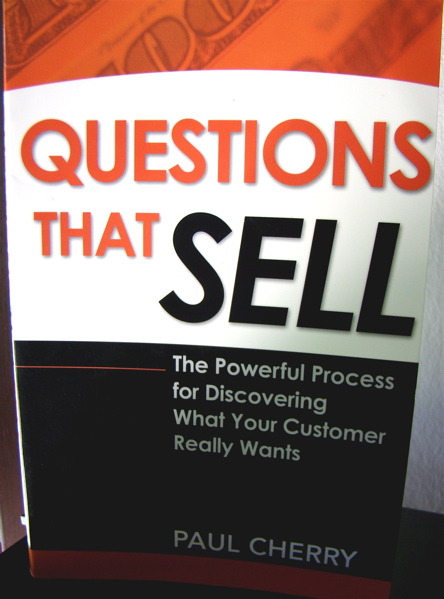
What is it about?
Just for the clarity, a Micro ISV is a small software vendor. Bob Walsh writes about the complete process from finding the idea, to founding a company, to actually selling the software.
Key points?
Search for pain points: Ask people in a industry that interested you, how you can help them. In general, you will find a lot of problems that arise but haven’t be solved yet.
Building your product is easier than selling it: Bob Walsh interviewed a lot of people in this book and most people agreed with this statement. If you are a professional, you know how to solve problems in your area but often founders underestimate the part of marketing and sales.
Niche, Niche, Niche: One interesting observation was that most people built products for the mass market. Today, nearly none of them still exists. The others chose a niche and are still running. Why? If your market is too big, big players becoming your competitors. If you market is small, all your competition is small.
Conclusion
This book was written in 2005 and is a bit outdated. It doesn’t really cover internet marketing besides writing a blog and Google Ads and it’s heavily focused on Windows development. However, the interviews were interesting and stimulating.


